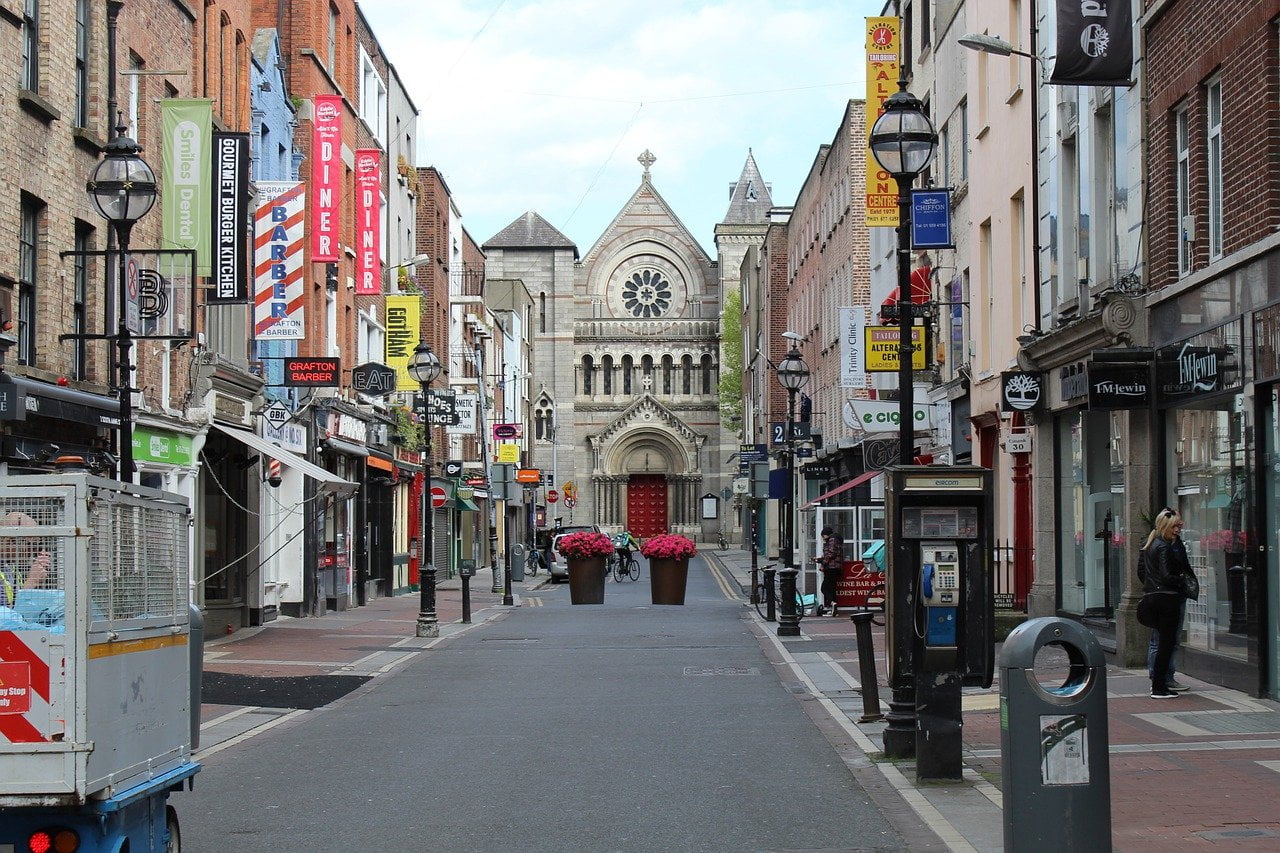Introduction – Why Global Peace Index Matters
If you’re searching for the safest countries in the world 2025, the Global Peace Index (GPI) is the most reliable source. Published annually by the Institute for Economics & Peace, GPI evaluates 163 nations based on safety, conflict, and militarisation.
The 2025 Global Peace Index rankings reveal that while global peace has declined overall, some nations continue to maintain a high level of security, political stability, and quality of life. These are the top 10 safest countries in the world for 2025.
Top 10 Safest Countries in the World 2025
According to the latest Global Peace Index 2025, here are the safest countries:
- Iceland
- Ireland
- New Zealand
- Austria
- Switzerland
- Singapore
- Portugal
- Denmark
- Slovenia
- Finland
Europe dominates the safest countries in the world 2025 list, with Singapore being the only Asian country in the top 10.
Why Are These Countries Ranked as the Safest?
The Global Peace Index uses three core factors to decide rankings:
- Societal Safety & Security
- Ongoing Domestic and International Conflict
- Militarisation
Here’s why these countries are considered the safest countries in the world 2025:
Low Crime Rates: Iceland, Switzerland, and Portugal have some of the lowest crime levels globally.
Political Stability: Strong governance and low corruption keep these nations peaceful.
Minimal Militarisation: Countries like Iceland have no standing army, reducing external conflict risks.
High Social Trust: Welfare systems and equality support peaceful societies.
Country Highlights — Top 10 Safest Countries 2025
1. Iceland

Ranked #1 for the 17th year in a row, Iceland remains the safest country in the world 2025. It boasts near-zero violent crime, strong social trust, and no military forces. Learn more about Iceland on Wikipedia.
2. Ireland

Ireland’s strong governance, high standard of living, and low crime rate make it one of the best destinations for expats and students.
3. New Zealand

New Zealand offers breathtaking landscapes along with exceptional safety. Strict gun laws and political stability add to its appeal.
4. Austria

Known for its cultural richness, Austria also scores high for security and minimal crime rates.
5. Switzerland

The country of neutrality, Switzerland, is famous for both financial security and public safety.
6. Singapore

Asia’s safest country in 2025, Singapore, has extremely strict laws, efficient policing, and advanced infrastructure. Official tourism info.
7. Portugal

Affordable living, peaceful cities, and scenic beaches make Portugal a top pick for digital nomads and retirees.
8. Denmark

Denmark offers high living standards, strong social systems, and political stability.
9. Slovenia

An underrated European destination, Slovenia provides natural beauty and extremely low crime rates.
10. Finland

Finland combines a world-class education system with safety and equality, making it an ideal destination for families.
Trends from the Global Peace Index 2025
- Global Peace Is Declining: The world is less peaceful than before, with 87 countries deteriorating in score and 74 improving.
- Europe Remains Dominant: 8 of the top 10 safest countries in the world 2025 are in Europe.
- Asia’s Best Performer: Singapore stands out as the safest country in Asia 2025 according to Vision of Humanity.
Travel Tips for Visiting These Countries
- Follow Local Laws: Especially in Singapore, where strict rules apply even for minor offenses like littering.
- Check Government Advisories: Always refer to travel.state.gov or your country’s foreign office for updates.
- Use Safety Apps: Tools like GeoSure give neighborhood-specific safety ratings.
Why Safety Rankings Matter
For travelers, students, and expats, choosing the safest countries in the world 2025 ensures a better quality of life, healthcare, and security.
The Global Peace Index 2025 clearly shows that despite global challenges, these countries remain remarkably safe. If you’re planning to travel, relocate, or study abroad, the top 10 safest countries in the world 2025 should be at the top of your list. Always check official advisories before you go, and enjoy peace of mind in these secure destinations.
FAQs — Top 10 Safest Countries 2025
Q1: Who publishes the Global Peace Index?
A: The Global Peace Index is published annually by the Institute for Economics & Peace (IEP) and is available on the Vision of Humanity website.
Q2: Which country is the safest in the world in 2025?
A: Iceland is ranked the safest country in the world according to the Global Peace Index 2025.
Q3: Which country is the safest in Asia in 2025?
A: Singapore is the highest-ranked Asian country in the GPI 2025 and is considered the safest in Asia for 2025.




Hi, Here a list of the top 10 safest countries in the world.
Hi there, just turned into alert to your weblog through Google, and found that it’s really informative. I’m gonna watch out for brussels. I will appreciate if you happen to proceed this in future. Many people might be benefited out of your writing. Cheers!